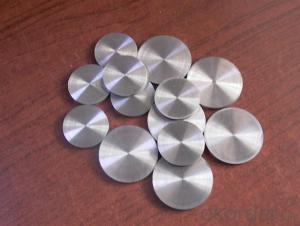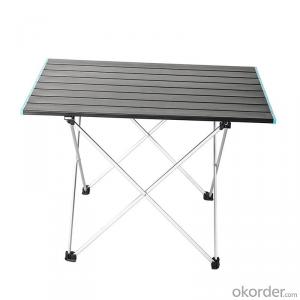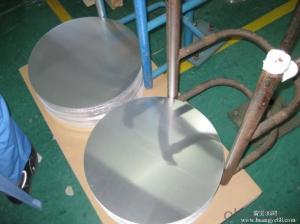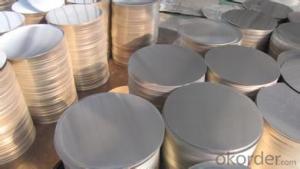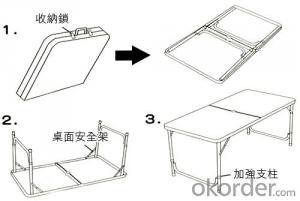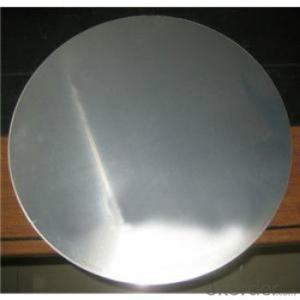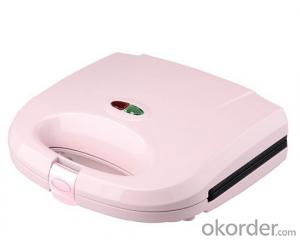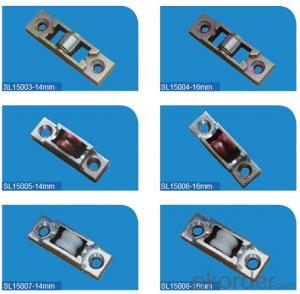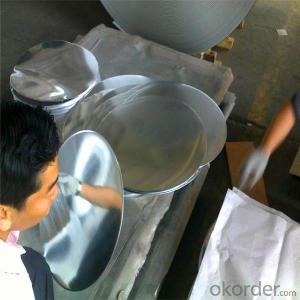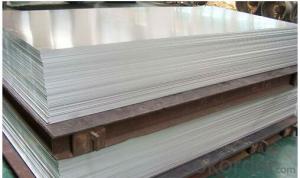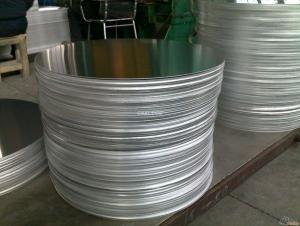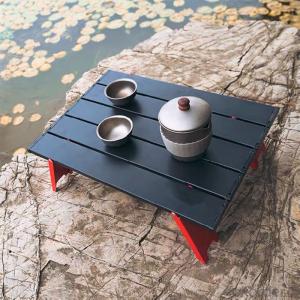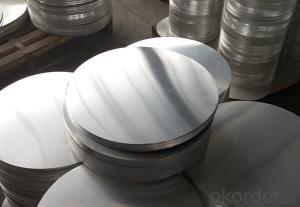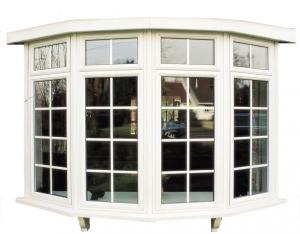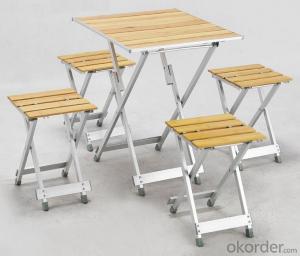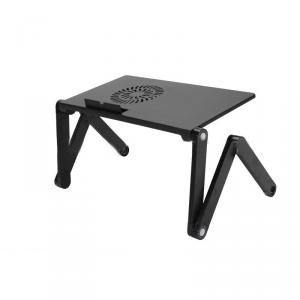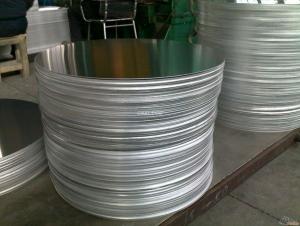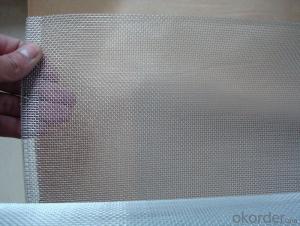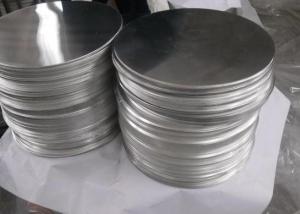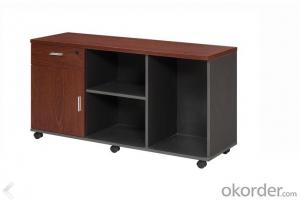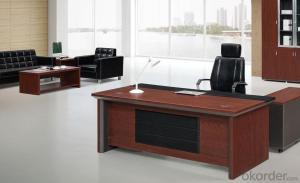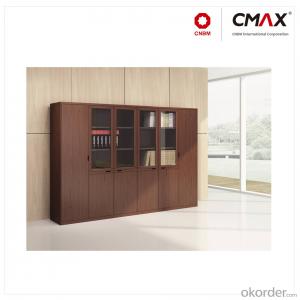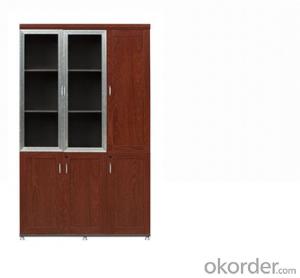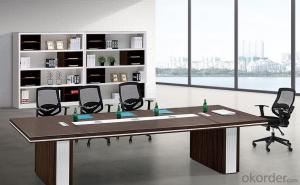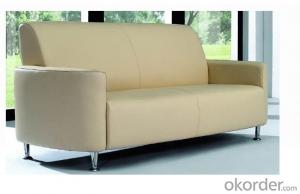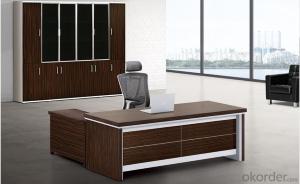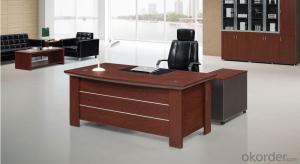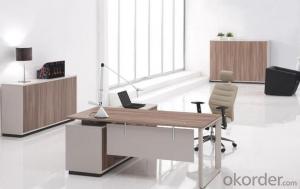Aluminum Spinning Plate
Aluminum Spinning Plate Related Searches
Aluminum Round Plate Aluminum Cooking Plate Aluminum Grill Plate Bending Aluminum Plate Aluminum Mounting Plate Aluminum Backing Plate Aluminum Surface Plate Aluminum Metal Plate Aluminum Winch Plate Rolled Aluminum Plate Bending Plate Aluminum Aluminum Flat Plate Aluminum Wall Plate Aluminum Paper Plate Aluminum Base Plate Aluminum Mending Plate Aluminum Push Plate Aluminum Vin Plate Aluminum Floor Plate Aluminum Hot Plate Aluminum Triangle Plate Aluminum Square Plate Aluminum Joining Plate Aluminum Cooling Plate Aluminum Motor Plate Aluminum Punch Plate Aluminum Profile Plate Aluminum Lapping Plate Circular Aluminum Plate Aluminum Skid PlateAluminum Spinning Plate Supplier & Manufacturer from China
Aluminum Spinning Plate is a versatile product made from high-quality aluminum material, known for its durability, strength, and lightweight properties. It is widely used in various industries, including automotive, aerospace, and construction, due to its excellent performance characteristics. This product is specifically designed for applications that require precision and high tolerance, making it a popular choice among manufacturers and engineers.In terms of usage scenarios, Aluminum Spinning Plate is commonly utilized in the production of various components, such as brackets, housings, and covers. Its resistance to corrosion and ability to withstand high temperatures make it an ideal material for applications where performance and longevity are crucial. Furthermore, its malleability allows for easy shaping and forming, which is particularly beneficial in the manufacturing process.
Okorder.com is a reputable wholesale supplier of Aluminum Spinning Plate, boasting a large inventory that caters to the diverse needs of clients across different industries. With a commitment to providing high-quality products at competitive prices, Okorder.com ensures that customers receive the best value for their investment. By partnering with Okorder.com, businesses can access a reliable source of Aluminum Spinning Plate, ensuring that their projects are completed with the utmost efficiency and precision.
Hot Products


